As consumer demand for convenience continues to grow, food delivery has become a cornerstone for QSR (Quick Service Restaurant) franchises. Many restaurants, however, are struggling with the rising costs and limitations of third-party delivery platforms. Enter White Label Delivery, a game-changer for the industry that puts control back into the hands of restaurant operators.
But what exactly is White Label Delivery, and why are so many businesses making the switch?
Understanding White Label Delivery
White Label Delivery is a customised solution that allows restaurants to manage and brand their own delivery service without relying on third-party aggregators. It provides a seamless, in-house delivery experience that integrates directly with the restaurant's website or app. Instead of paying commission fees to outside platforms like UberEats or DoorDash, QSRs using White Label Delivery handle their logistics, leveraging technology to connect with drivers through partners like Uber Direct.
With this model, restaurants retain full control over their brand, customer data, and delivery experience while avoiding the high commission fees charged by third-party platforms.
Why White Label Delivery is Taking Over
Many QSR franchises initially saw third-party delivery platforms as essential for expanding their reach, but these aggregators come with hidden costs. From steep commission fees to brand dilution, the trade-offs are significant.
According to research, third-party platforms typically charge between 15% to 30% of each order’s value, making profitability a challenge. These costs not only impact restaurant margins but often lead to price hikes on delivery platforms, resulting in unhappy customers who pay more for the same meals.
Switching to White Label Delivery eliminates these commission-based fees. Instead, many businesses adopt a flat-rate delivery fee, like Sal’s Pizza, whose customers can save up to 40% by ordering direct through their platform, avoiding the markups added by third-party apps. Additionally, 76% of consumers prefer to order directly from a restaurant’s website or app, which not only enhances the customer experience but also boosts loyalty. Customers who order directly are 30% more likely to return compared to those using third-party platforms, and returning customers spend 67% more on average than new customers. This demonstrates how customer retention strategies powered by data insights are highly profitable.
The Hidden Costs of Aggregators: Why Brands Need to Take Control
Beyond the financial burden, third-party platforms hold onto crucial customer data. This lack of access prevents businesses from creating personalized marketing campaigns, driving repeat business, and understanding customer behaviors.
With White Label Delivery, QSR franchises own 100% of their customer data. This means they can tailor their marketing, increase engagement, and build long-term loyalty—all while increasing profit margins.
In fact, businesses using White Label Delivery report an average improvement of 15-20% in order processing times. Faster deliveries not only enhance customer satisfaction but also reduce operational strain, particularly during peak hours.
Future-Proof Your Business with White Label Delivery
As the landscape of the food industry continues to evolve, White Label Delivery is fast becoming a key strategy for restaurants looking to future-proof their operations. By eliminating commission fees, reclaiming control of customer data, and providing a seamless, branded experience, QSRs can protect their margins and build stronger relationships with their customers.
For businesses ready to take the next step, switching to White Label Delivery is not just about saving on costs—it’s about long-term growth and sustainability.
Ready to learn more?
If you're interested in taking control of your delivery and increasing your profits, check out our White Label Delivery or contact us at MOBI to help you get started.


.avif)



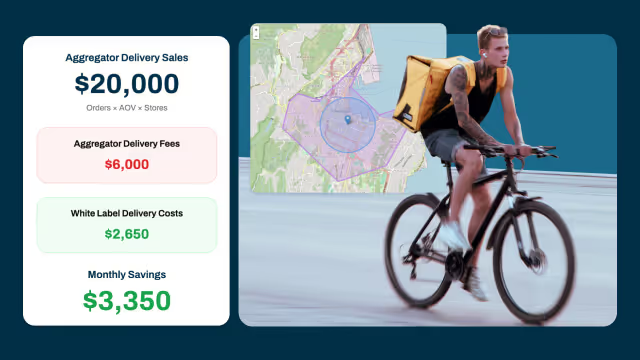

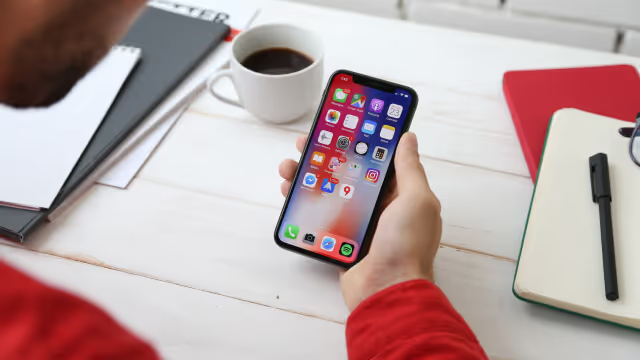
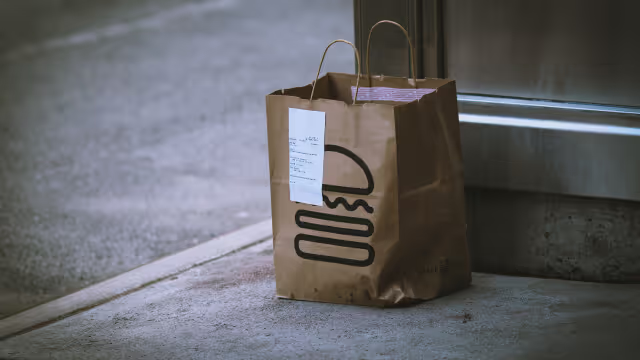

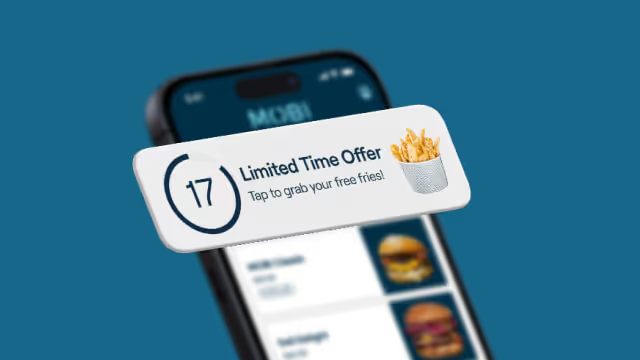

.avif)

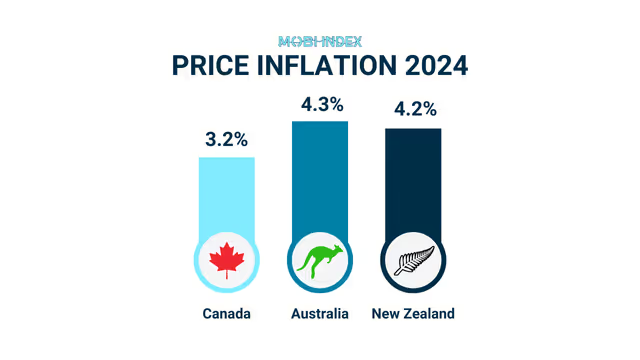

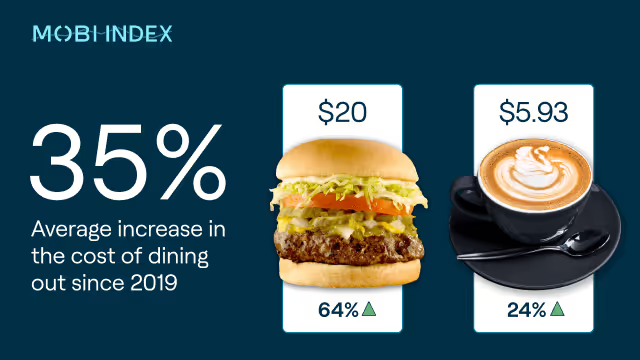

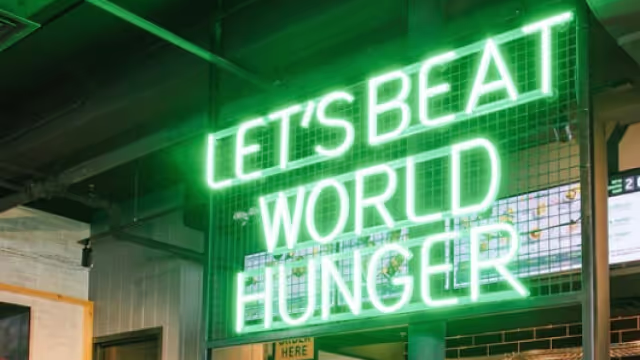
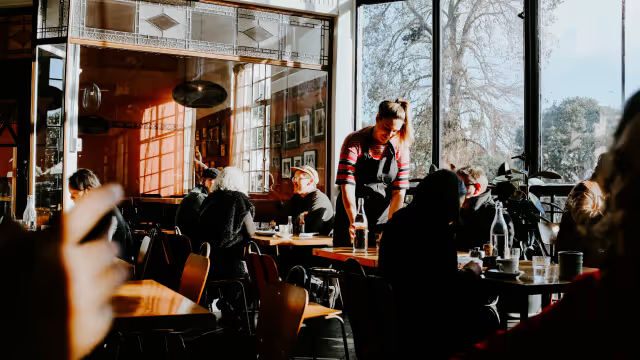

.avif)
.avif)
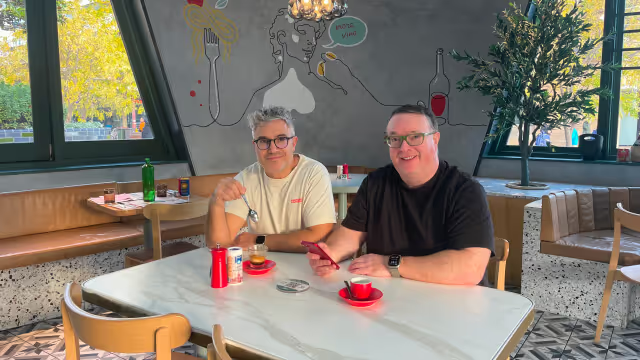

.avif)
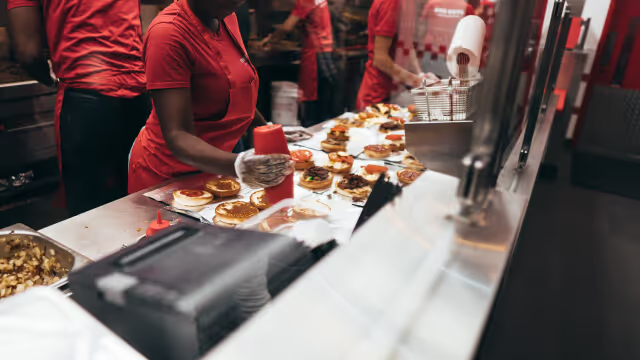

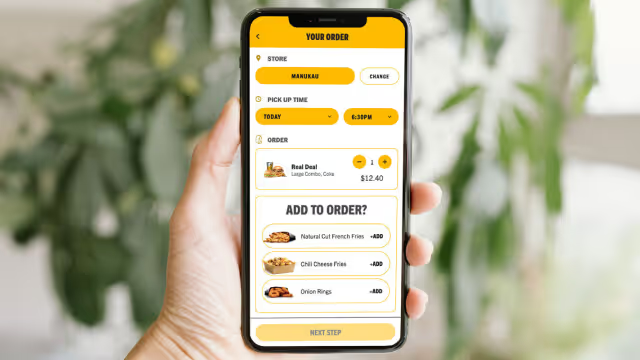

%203.avif)

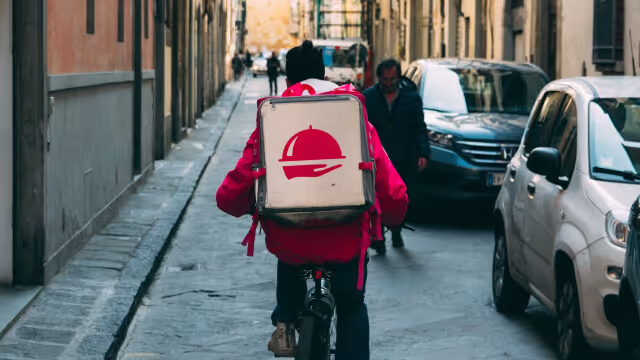



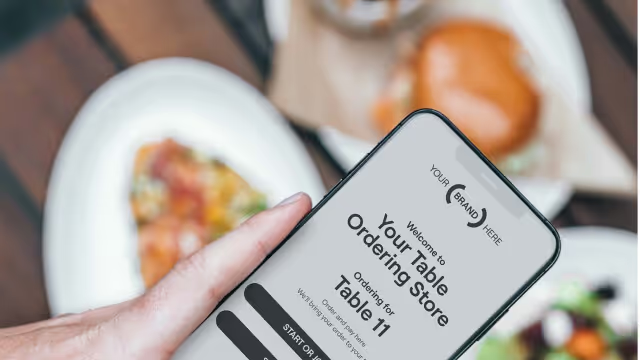

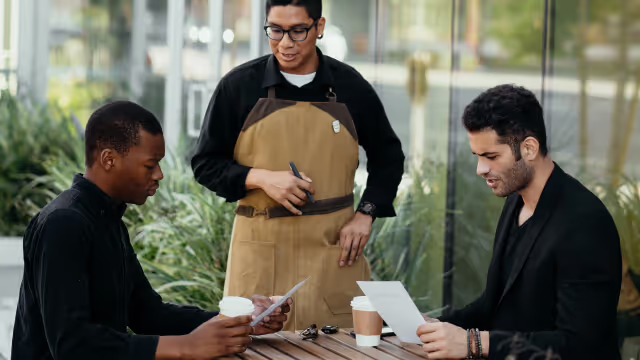
%203.avif)

%203.avif)


